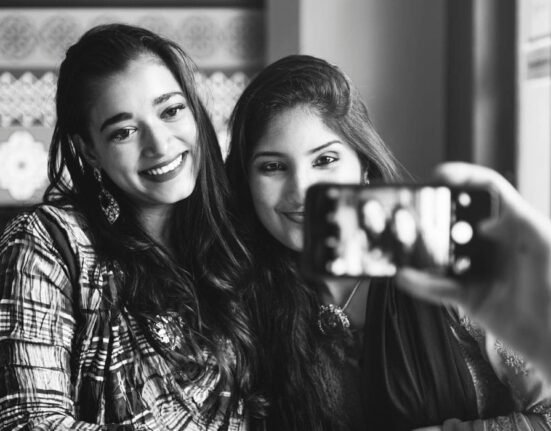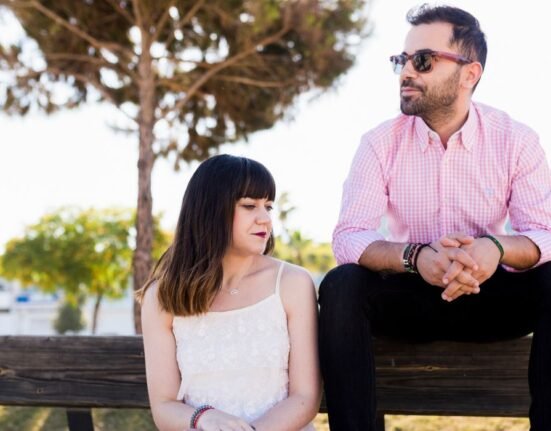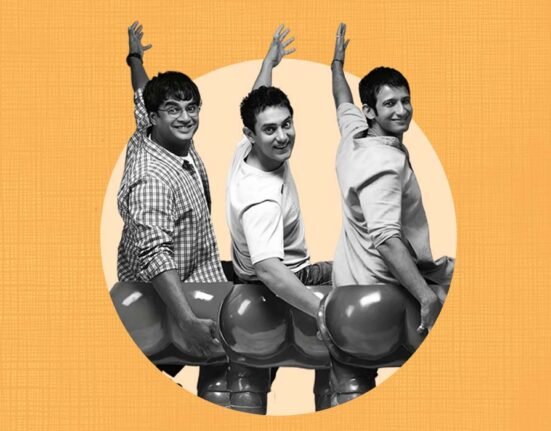Attachment theory is given by John Bowlby which identifies four types of attachment styles. According to which there exists a psychological model attempting to describe the dynamics of long term and short term personal relationships between humans.
The way one selects their partner, how their relationship progress and also one’s relationship with their peers, parents largely depends upon the attachment style they have formed in early childhood. In other words, these attachment style act as a model for adult relationships Four types of attachment style identified are as follows-:
Secure attachment: The individuals who have formed this form of attachment see their parents as a base from which they can vent out and explore the world independently. A secure adult has similar relationships which their partner, feeling connected and secured while allowing their partner to move freely. Secure adults offer comfort to their partner at the same time go to their partner when feeling troubled. Their relationship tends to be more open, honest and equal. A securely attached couple doesn’t engage in what psychologist Robert Firestone termed as a fantasy bond; an illusion of connection that provides a false sense of safety.
Anxious Preoccupied attachment style: Unlike the individuals with secure attachment, people with anxious preoccupied attachment are desperate to form a bond. Instead of feeling love and trust, they often feel emotional hunger. They constantly seek their partner to rescue or complete them. This kind of behavior that is displayed by them exacerbates their own fear. Over time these individuals tend to become clingy, demanding or possessive towards their partner. When partners of these individuals engage in independent actions, they interpret these actions as an affirmation of their fears.
Dismissive Avoidant Attachment: The people with this form of attachment have a tendency to emotionally distance themselves from their partner. They often seek isolation and Pseudo- independent which is an illusion as every human being needs connection. They are often psychologically defended and have the ability to shut down. Even in the emotional situation, they are able to turn off their feelings and not react.
Fearful Avoidant Attachment: The individuals with this form of attachment lives in an ambivalent state, in which they are afraid of being too close or too distant. These individuals feel overwhelmed by their reactions and often experience emotional storms. They have unpredictable moods. They go the same individual for comfort from whom they are frightened. In other words, they are under the impression that one needs to go towards their partner to feel secure but if one gets too close, they will hurt them.
As adults, these people often have a dramatic relationship with many highs and lows. They often struggle with the fear of being abandoned. They may cling to their partner when they feel rejected, then feel trapped when they get intimate. The individuals with fearful Avoidant attachment may even wind up in abusive relationships.












Leave feedback about this